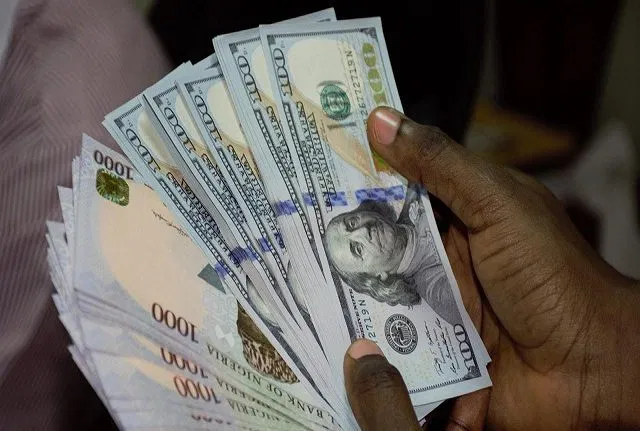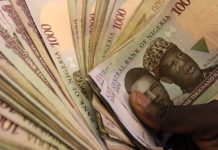Forex turnover at the Investor and Exporters (I&E) window recorded a reversal on Tuesday, June 30, 2020, as it dropped by 88%, a huge decline from the improved liquidity that was recorded on Monday, June 29, 2020, in the foreign exchange market. This is according to data from the FMDQOTC, an exchange where forex is traded by foreign investors and exporters.
According to the data tracked by Nairametrics, forex turnover fell from $122.89 million on Monday, June 29, 2020, to just $14.37 million on Tuesday, June 30, 2020, representing a significant drop of 88% on a day to day basis. This is a sharp reversal from the 242% gain recorded a day earlier and also the lowest turnover recorded in the I&E window since last week.
This reinforces the volatile and uncertain nature of the foreign exchange market with trading volumes apparently irregular piling pressure on the exchange rate at the NAFEX market and by extension the parallel market.
The volatility and uncertainty of the forex market seem to persist due to liquidity shortages across markets. Liquidity remains quite tight in the foreign exchange market, with the average turnover in the I&E market significantly down to about $45.5 million in the month of May compared to $297.5 million that was recorded in January.
Several reports tracked by Nairametrics indicate that the accumulated demand for forex in the market could be between $1.5 and $5 billion as supply shortages persist. Forex shortages have persisted since the crash in oil prices coincided with the global lockdown due to COVID-19. The rise in demand and contrasting drop in supply has called for another round of devaluation, which the CBN has insisted it has plans to implement. A devaluation last occurred in March. The activities of the speculators seem to have continued unabated.
Speculators have thus patronized the parallel market, otherwise known as the black market, thereby widening the gap between it and the I&E window. The CBN maintains that the perceived demand cannot be substantiated as the lockdown induced by the COVID-19 pandemic suggest demand should be low due to travel restrictions and drop-in economic activities.
The further decline in liquidity could further fuel speculations in the black market where the exchange rate has traded at a premium of N60 over the last few weeks.
Exchange rate
In related news, the exchange rate on the I&E depreciated on Tuesday, closing at N386.50 to a dollar, compared to the N386 to a dollar that was reported on Monday, June 29, representing a 50 kobo drop. The opening indicative rate was N387.10 to a dollar for Tuesday. This represents a loss of 24 kobo when compared to the N386.86 opening rate recorded on Monday.
At the black market where forex is traded unofficially, the naira remained stable as it exchanged for N460 to a dollar on Tuesday. This was the same exchange rate that was recorded on Monday.
Nigeria continues to maintain multiple exchange rates comprising the CBN official rate, the BDC rates, and the NAFEX (I&E window). Nairametrics reported last week that the government is mulling unifying the multiple exchange rates in a bid to increase the amount available for state governments to share.
The depreciation of the Naira can be attributed to the shortage of dollar supply which is outweighed by demand. The negative impact of the coronavirus pandemic on global oil prices has constrained the CBN’s capacity to intervene satisfactorily in the foreign exchange market as dollar inflow has slumped.
According to FSDH research, the total forex inflows to the I&E window dropped from $3.19 billion in January to $459.2 billion in April and $381.2 million in the month of May 2020. The drop in forex inflow and the declining external reserves have put a significant pressure in the foreign exchange market.
Source: Nairametrics














